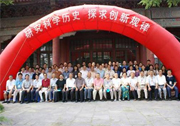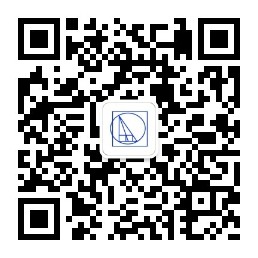| 中文题目: | 明清之际定气注历之转变 | ||||||
| 英文题目: | |||||||
| 作 者: | 王广超 | ||||||
| 刊物名称: | 自然科学史研究 | ||||||
| 发表年度: | 2012 | ||||||
| 卷: | 31 | ||||||
| 期: | 1 | ||||||
| 页码: | 26-36 | ||||||
| 中文摘要: | 考察了明清之际岁次历书中节气注历的转变。采用定气注历使得节气及闰月的推算变得复杂。明末,传教士天文学家以合天为理由论证定气注历的合理性。清初,定气注历正式颁行,成为中西历争中一个争议的焦点。南怀仁依然以“合天”为理由论证新法定气注历的合理性,并通过圭表测影对此进行展示,此法得以长期行用。王锡阐、梅文鼎等清初历算家对定气注历持反对态度,认为传统平气注历符合历法为敬授民时的功用,而采用定气则会导致“置闰之理不明,民乃惑矣”的结果。 |
||||||
| 英文摘要: | This article examines the ways of annotating Qi in the annual almanacs during the late Ming and the early Qing. Change from “mean Qi” to “true Qi” made the determination of the jie qi (solar periods) and the intercalary months much more complicated. In the late Ming, Jesuit astronomers proposed to use “true Qi” on the grounds that it fit the heavens. In the early Qing, this new practice became a focus of controversy between Jesuit astronomers and Confucian literati. Ferdinand Verbiest demonstrated the reasonableness of using “true Qi” by showing that the calculated gnomon shadow lengths fit the solar periods best. The early Qing astronomers such as Wang Xichan and Mei Wending opposed using “true Qi”. They argued that “mean Qi” was altogether a suitable way of annotating the annual almanacs and using “true Qi” would obscure the principle of placing the intercalary months. |
||||||





